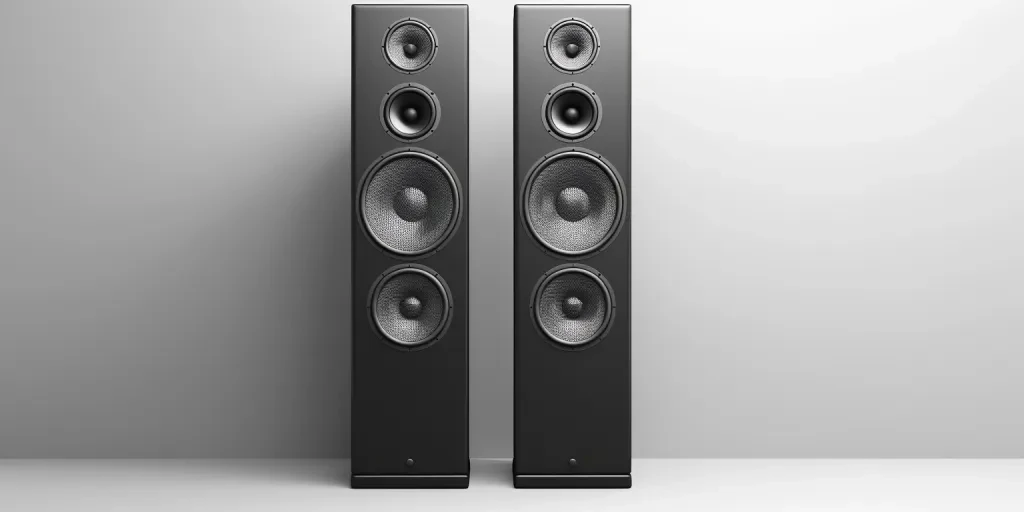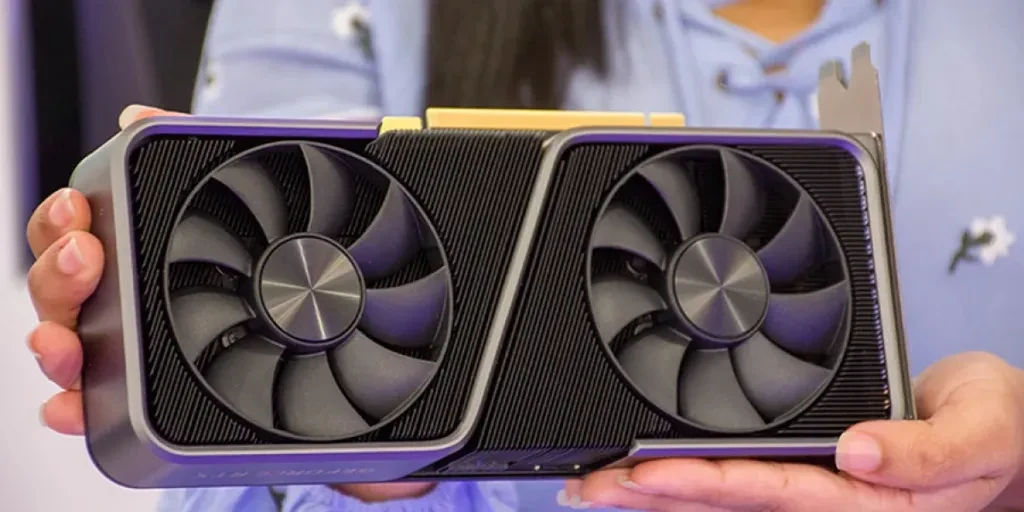Recent trends indicate a rising demand for advanced audio technology in 2025, driven by consumer preferences for high-quality, wireless, and smart audio solutions. This article delves into a comprehensive analysis of the floor speaker market, offering valuable insights and practical guidance to assist professional buyers in making informed decisions.
Table of Contents:
– The Floor Speaker Market: A Comprehensive Overview
– Key Factors When Selecting a Floor Speaker
– Considerations for Compatibility with Other Devices
– Wrapping Up the Insights
The Floor Speaker Market: A Comprehensive Overview
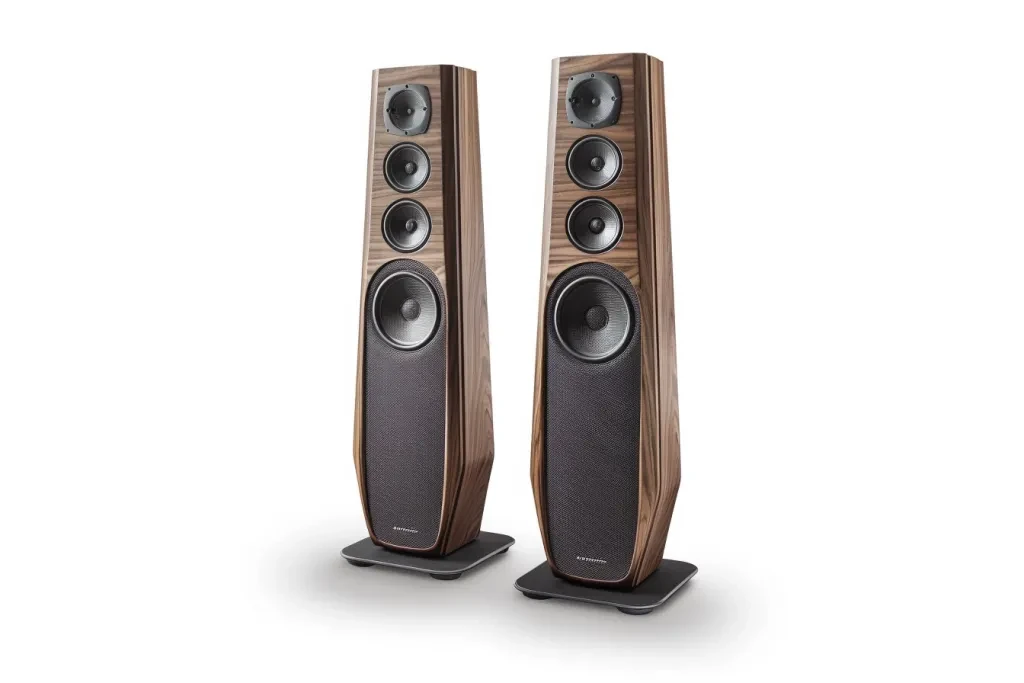
Market Size and Growth Projections
The global loudspeaker market, including floor speakers, is set for significant growth. Valued at USD 7.27 billion in 2024, it is projected to reach USD 9.94 billion by 2029, growing at a compound annual growth rate (CAGR) of 6.47%. This growth is driven by increasing consumer demand for high-quality audio experiences and advancements in wireless audio technology.
North America remains a key market, thanks to high technology adoption rates and the presence of major players such as Bose Corporation and Avalon Acoustics. The region is expected to see considerable growth throughout the forecast period. Additionally, the Asia-Pacific region, particularly China and India, is anticipated to show substantial growth due to rising disposable incomes and expanding middle-class populations.
The market is also shifting towards wireless audio technology, with the proliferation of Wi-Fi and Bluetooth-enabled speakers. Consumers are increasingly using portable devices to stream audio wirelessly, boosting the demand for advanced floor speakers that offer seamless connectivity and superior sound quality.
In-Depth Market Analysis
Key Performance Benchmarks
Floor speakers are evaluated based on several performance benchmarks, including sound quality, frequency response, power handling, and build quality. High-end models from brands like KEF and Bowers & Wilkins are known for their exceptional sound clarity and dynamic range, catering to audiophiles and home theater enthusiasts. Innovations in driver technology and cabinet design have significantly improved the acoustic performance of floor speakers.
Market Share Dynamics
The market is highly competitive, with key players like Bose Corporation, Sonance, and Wharfedale constantly innovating to maintain their market share. The introduction of new products, such as the Reference Titanium Hestia II by Alta Audio, highlights the ongoing efforts to attract discerning consumers. These high-end models, priced at around USD 35,000, cater to a niche market segment that values premium audio quality and sophisticated design.
Economic Influences
Economic factors such as rising disposable incomes and urbanization are driving the demand for home entertainment systems, including floor speakers. The expansion of e-commerce platforms has also made it easier for consumers to access a wide range of audio products, further boosting market growth. Additionally, the development of smart cities and the increasing integration of smart home technologies are contributing to the demand for advanced audio systems.
Consumer Behavior Shifts
Consumer preferences are shifting towards wireless and smart audio solutions. The demand for voice-assisted speakers with features like Google Assistant and Alexa voice control is on the rise. This trend is pushing manufacturers to incorporate smart functionalities into their floor speaker offerings. For example, Bose’s Smart Soundbar 900 includes support for both Google Assistant and Alexa, along with Wi-Fi and Bluetooth connectivity.
Seasonal Demand Patterns
The demand for floor speakers typically peaks during the holiday season and major sales events like Black Friday and Cyber Monday. During these periods, consumers are more likely to invest in home entertainment systems, taking advantage of discounts and promotions. Additionally, the growing popularity of home theater systems and the increasing consumption of digital content are driving year-round demand for high-quality audio equipment.
Innovations and Technological Advances
Wireless Audio Technology
The rapid adoption of wireless audio technology is one of the most significant trends in the floor speaker market. Bluetooth and Wi-Fi-enabled speakers offer the convenience of wireless connectivity, allowing users to stream audio from their smartphones, tablets, and computers without the need for physical cables. This trend is driven by the increasing prevalence of portable devices and changing consumer media consumption habits.
Smart Speakers
The integration of smart functionalities into floor speakers is gaining momentum. Voice-assisted speakers with AI capabilities are becoming increasingly popular, offering features like voice control, smart home integration, and personalized audio experiences. Companies like Amazon, Apple, and Google are leading the charge in this segment, investing heavily in the development of smart speaker technologies.
Environmental Regulations
Environmental regulations are influencing the design and manufacturing of floor speakers. Manufacturers are focusing on using eco-friendly materials and energy-efficient designs to minimize their environmental impact. This trend is driven by growing consumer awareness of sustainability and the need to comply with stringent environmental regulations.
Key Factors When Selecting a Floor Speaker
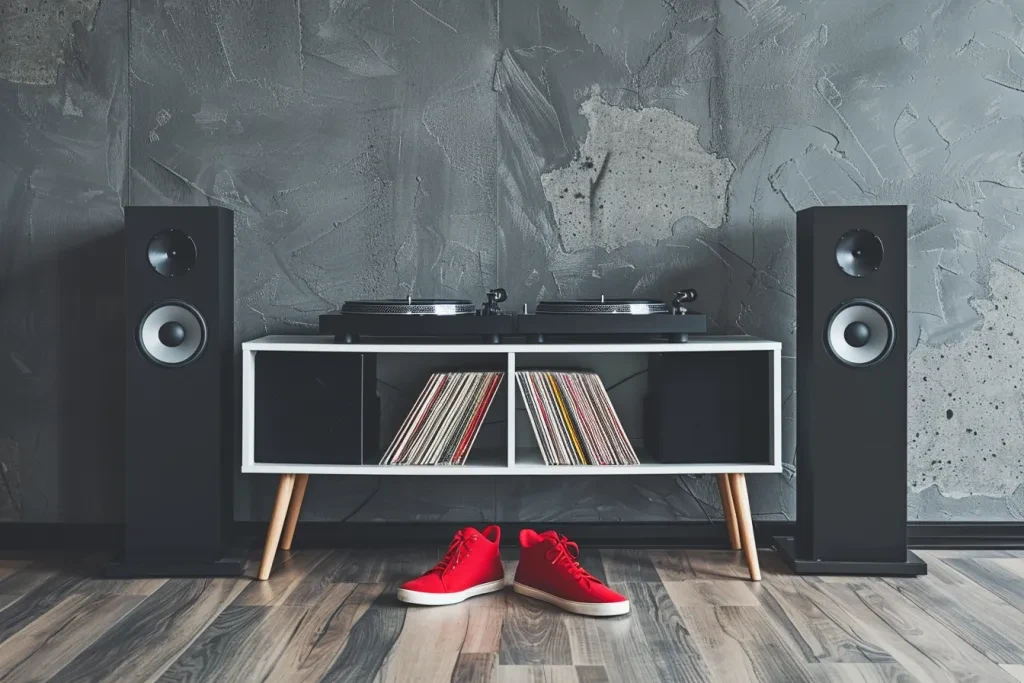
Selecting the right floor speaker is crucial for enhancing audio experiences, whether for home theaters, music listening, or professional environments. Here are key factors to consider:
Performance and Sound Quality
The performance and sound quality of a floor speaker are paramount. These speakers should deliver clear, powerful, and balanced audio across all frequencies.
Frequency Response: A good floor speaker should have a wide frequency response, ideally from 20 Hz to 20 kHz, to cover the full range of human hearing. This ensures accurate reproduction of both low bass and high treble sounds.
Sensitivity: Sensitivity, measured in decibels (dB), indicates how loud a speaker will be at a given power level. A higher sensitivity rating (above 90 dB) means the speaker can produce more sound from less power, making it more efficient.
Impedance: Impedance, measured in ohms, affects how much power the speaker draws from the amplifier. Most floor speakers have an impedance of 8 ohms, which is standard for home audio equipment. Matching impedance with your amplifier is crucial to avoid damage and ensure optimal performance.
Design and Aesthetics
The design and aesthetics of floor speakers can significantly impact their integration into a room’s decor and overall user experience.
Cabinet Design: The design of the speaker cabinet affects both sound quality and aesthetics. Well-designed cabinets reduce vibrations and resonance, leading to clearer sound. Common materials include MDF (medium-density fiberboard) and high-quality wood veneers.
Size and Placement: Floor speakers come in various sizes, and their placement in a room can affect sound quality. Larger rooms may require bigger speakers for adequate sound coverage, while smaller rooms may benefit from more compact designs.
Finish Options: Many manufacturers offer a range of finishes, such as black, white, or wood grain, to match different interior styles. Choosing a finish that complements your decor can enhance the visual appeal of your setup.
Technical Specifications
Understanding the technical specifications of floor speakers can help in making an informed choice that meets your audio needs.
Driver Configuration: Floor speakers typically feature multiple drivers, including woofers for low frequencies, mid-range drivers, and tweeters for high frequencies. A three-way speaker with separate drivers for each frequency range often provides better sound clarity and separation.
Power Handling: Power handling, measured in watts, indicates the maximum amount of power the speaker can handle without distortion. Ensuring that your amplifier’s power output matches the speaker’s power handling capacity is essential for preventing damage and achieving the best sound.
Crossover Network: The crossover network divides the audio signal into different frequency bands and directs them to the appropriate drivers. High-quality crossovers ensure smooth transitions between frequencies and improve overall sound quality.
Latest Technology Features
Incorporating the latest technology features can enhance the functionality and user experience of floor speakers.
Wireless Connectivity: Many modern floor speakers come with wireless connectivity options such as Bluetooth or Wi-Fi, allowing for easy streaming from smartphones, tablets, or computers without the need for cables.
Smart Integration: Some floor speakers integrate with smart home systems like Amazon Alexa, Google Assistant, or Apple HomeKit, enabling voice control and seamless integration with other smart devices.
Room Calibration: Advanced floor speakers may include room calibration technology, which adjusts the speaker’s sound output based on the acoustics of the room. This ensures optimal sound quality regardless of the speaker’s placement.
Price Range and Budget
Floor speakers are available across a wide range of prices, making it important to consider your budget while ensuring you get the best value for your money.
Entry-Level: Entry-level floor speakers, priced between $200 and $500, offer decent sound quality for casual listening and smaller rooms. Brands like Polk Audio and Klipsch provide good options in this range.
Mid-Range: Mid-range speakers, priced between $500 and $1500, offer improved sound quality, better materials, and additional features like bi-wiring or bi-amping capabilities. Brands like KEF and Bowers & Wilkins are popular in this segment.
High-End: High-end floor speakers, priced above $1500, deliver exceptional sound quality, advanced technologies, and premium materials. These are ideal for audiophiles and professional setups. Brands like Focal, MartinLogan, and Dynaudio are known for their high-end offerings.
Considerations for Compatibility with Other Devices
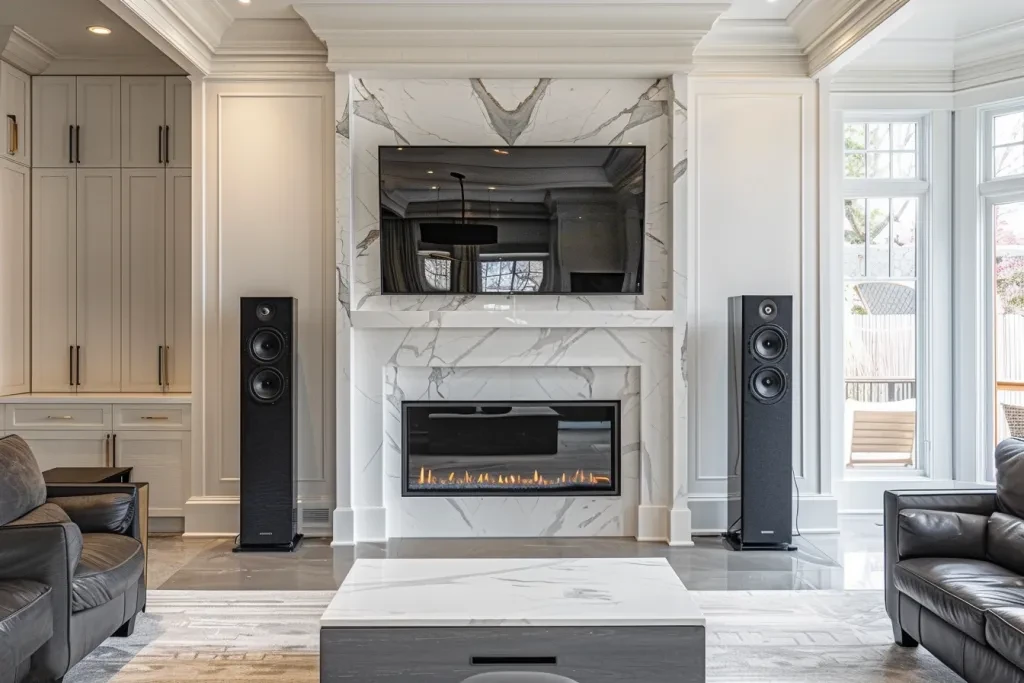
Ensuring compatibility with other audio equipment and future upgrades is essential for a cohesive and scalable audio system.
Amplifier and Receiver Compatibility
Matching your floor speakers with the right amplifier or receiver is crucial for optimal performance. Ensure that the power output, impedance, and connectivity options of your amplifier align with the specifications of your floor speakers.
Integration with Home Theater Systems
For home theater setups, floor speakers should integrate seamlessly with other components, such as center channel speakers, surround speakers, and subwoofers. This ensures a balanced and immersive audio experience.
Future-Proofing
Consider future upgrades and compatibility with new technologies. Selecting floor speakers with modular designs or upgradeable components can extend their lifespan and keep your audio system current with emerging trends.
Wrapping Up the Insights
Selecting the right floor speaker involves considering various factors, from performance and technical specifications to design and compatibility. By prioritizing these aspects, you can make an informed decision that enhances your audio experience and meets your specific needs.
